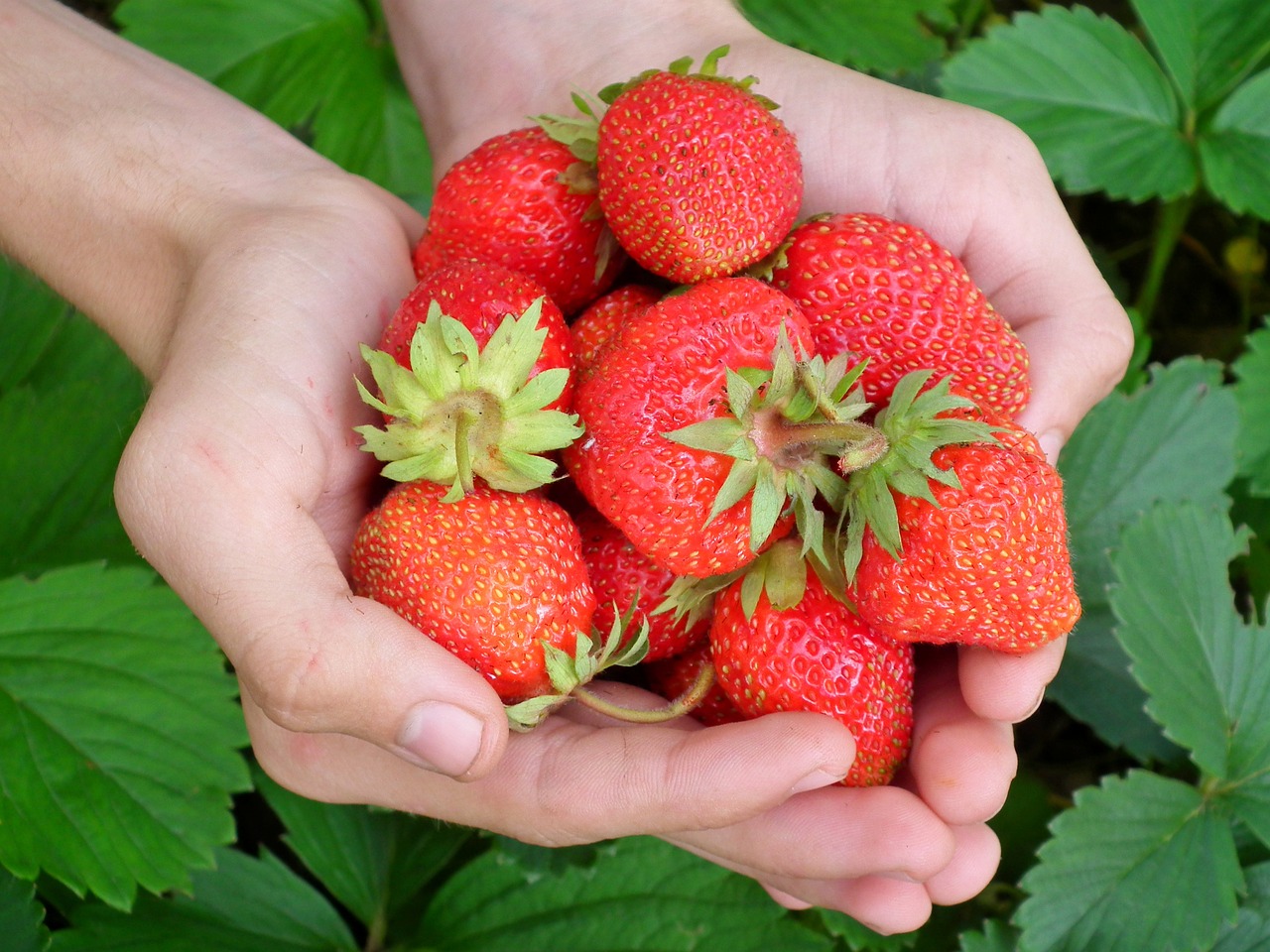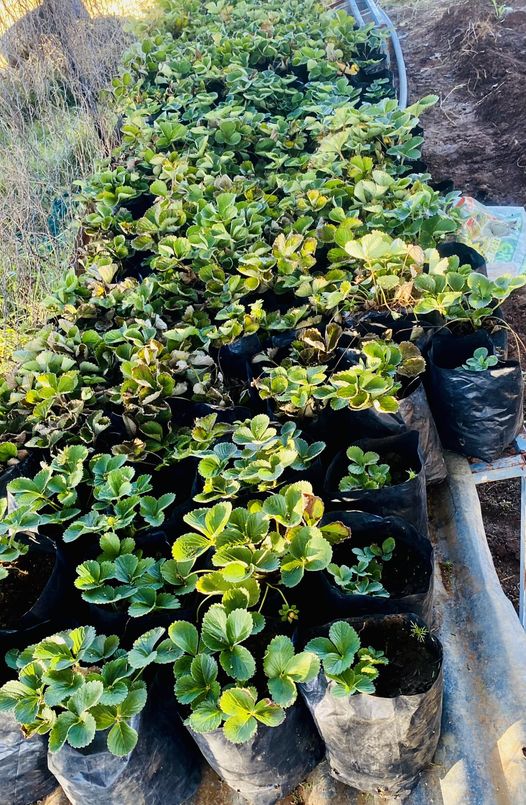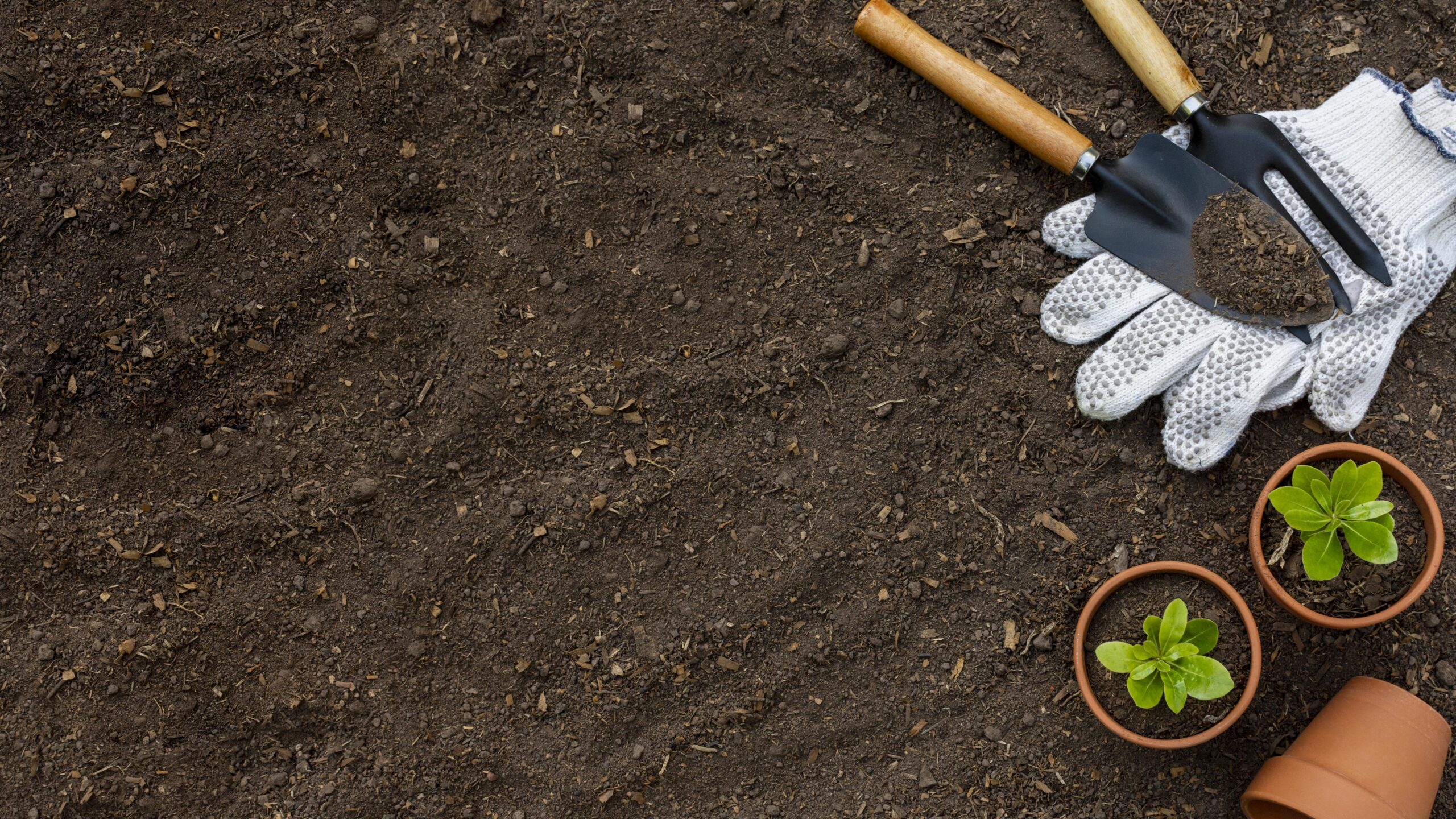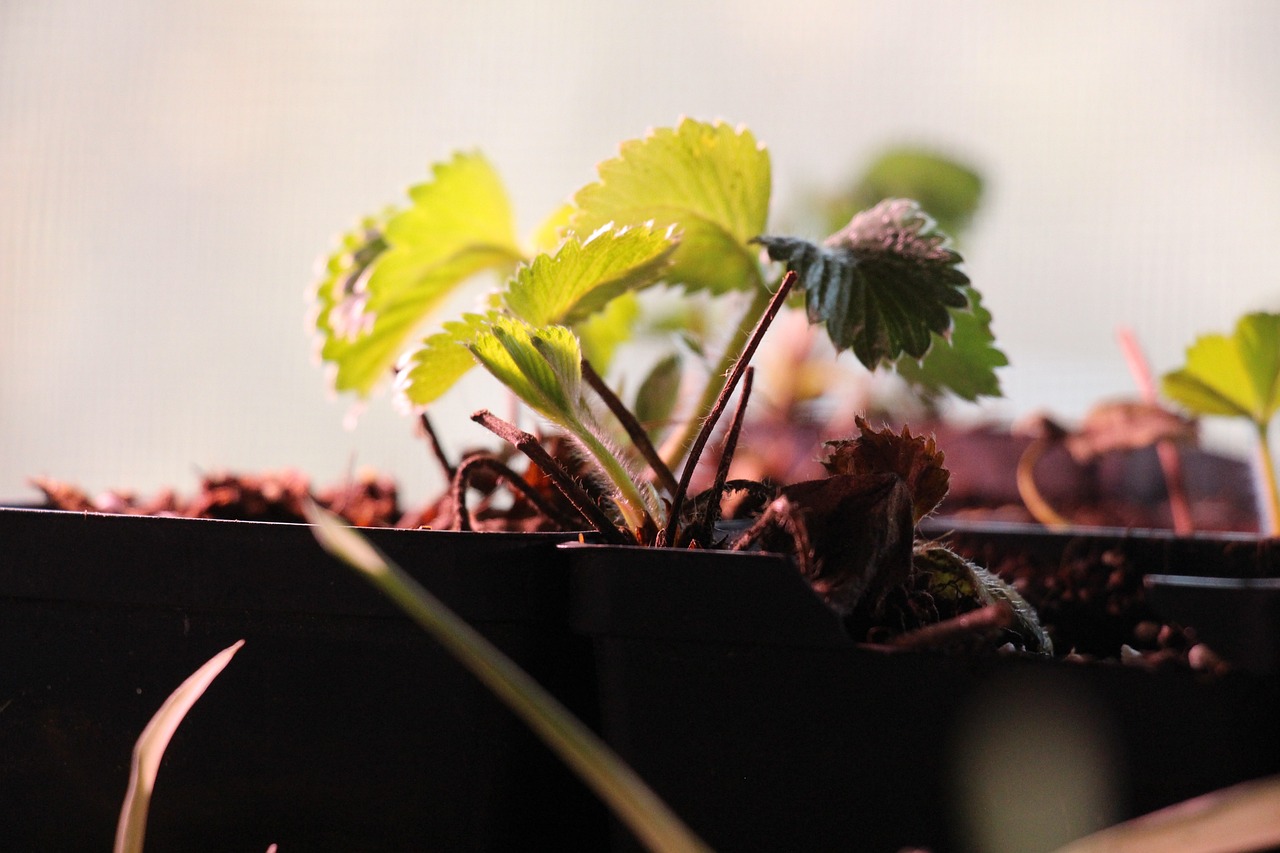
Nothing tastes finer than a strawberry snatched sun-warm right off the plant. And while these ruby gems may seem low-maintenance, following a few fruit-focused guides ensure your garden explodes with the most luscious berries imaginable. In this article, we’ll spill the secrets to a 10/10 harvest of sweet perfection. So read on for inspiration – then get planting the tastiest “Sugar Rush” around!
1. Start with Healthy Transplants

Buy dormant, certified disease-free bare root runners from a reputable source in early spring. Reroot in pots for 4-6 weeks before transplanting outside once the danger of frost has passed. Give new plants the best odds by nourishing the soil and offering protection as they become established. Healthy beginnings breed heavy-hitting harvests down the line.
2. Rich, Well-Draining Soil

Strawberries thrive in soil that is nutrient-rich and well-draining. Optimal soil composition involves incorporating well-decomposed compost for nutrients, ensuring proper drainage with materials like perlite, and maintaining a slightly acidic to neutral pH (around 6.0-6.5). The interplay of organic matter, effective drainage, and balanced pH not only supports robust strawberry growth but also enhances the flavor profile of the berries. Additionally, strategic mulching contributes to moisture retention and weed suppression, creating an ideal environment for successful strawberry cultivation.
3. Choose the Right Variety

While June-bearers crop once annually, everbearing types fruit twice or continuously through summer and fall. Look for varieties suited to your growing zone too. Local favorites are your safest flavor bet. Experiment to discover top performers tailored for your taste and conditions.
4. Select Sunny Spot
Strawberries thrive best with at least 6 hours of direct sun daily for plumpest, sweetest berries. Choose a flat, raised bed or rows with well-draining soil rich in organic matter. Proper placement sets them up perfectly for prime growing.
5. Improve Soil Fertility
Healthy dirt equals healthy plants, so start with a soil test and incorporate any needed amendments like compost, manure or lime. High-phosphorus fertilizers aid root growth, while balanced N-P-K promotes large subsequent crops. Well-fed soil pampers plants for bigger, bolder berries in return.
6. Used Raised Bed
Mounding soil 6-8 inches high and 1-2 feet wide improves drainage to prevent root rot while making harvests a breeze. Trellising between beds adds handy support for runners too. Both strategies result in superb soil conditions leading to sensational strawberry size and quality.
7. Practice Spacing
Space standard varieties 12-18 inches and wider-mounded types 18-24 inches apart in rows or triangular grids to allow for optimal airflow, irrigation and efficient weeding come harvest time. Crowding courts disease. Proper positioning prevents pests and maximizes fruitfulness.
8. Pruning for Perfection
Pruning is a crucial yet manageable step in cultivating flavorful strawberries. This process involves removing unwanted growth, directing energy toward fruitful branches, and enhancing air circulation. Key aspects include timely and careful pruning, focusing on crown care to protect the central plant part, and thinning for larger, sweeter berries. Additionally, renovation pruning revitalizes mature plants for continued health and tastier yields.
9. Mulch Well
A 2-4 inch blanket of mulch moderates soil temps, suppresses weeds, retains moisture for drought resilience and prevents mud and critters from soiling fruits. Just pull back to allow for aeration and let plants poke through as needed. Thriving roots spell sweet successes for your taste buds.
10. Water Deeply
Established plants withstand periods of dryness better than drenching, but apply soakings of 1-2 inches weekly to establish deep, drought-resistant roots. Consistent moisture means bigger, bolder flavor that practically explodes on your tongue.
11. Fertilize Lightly
Spoon-feed monthly with a balanced, organic fertilizer diluted according to label instructions and watered in. Too much can damage sensitive roots or foliage. Subtle feedings optimize nutrients while preventing excess growth of foliage over fruit.
12. Manage Pests Naturally
Deterrowl marauders with floating row covers or frequent hand-picking. Spray neem oil or Bacillus thuringiensis for worms. Lure robins away with fake snakes and encourage pest-eating birds and insects. Natural strategies help you sidestep chemicals and their potential fruit compromise.
13. Extend the Season
Line out late summer plantings for a second fall crop and protect early and late patches with straw or cloches to sneak extra weeks of sugar rushes. Patience and cover extend the seasons’ rewards for the longest possible satisfaction.
In conclusion, by implementing these key tips your strawberry garden will go from blah to bursting with incredible flavor fit for the finest shortcakes. Proper site, care and variety selections set the stage for a sweet sensory delight that even the ripest red won’t surpass. Sow your passion and watch those plump berries say “Yum yum!”
